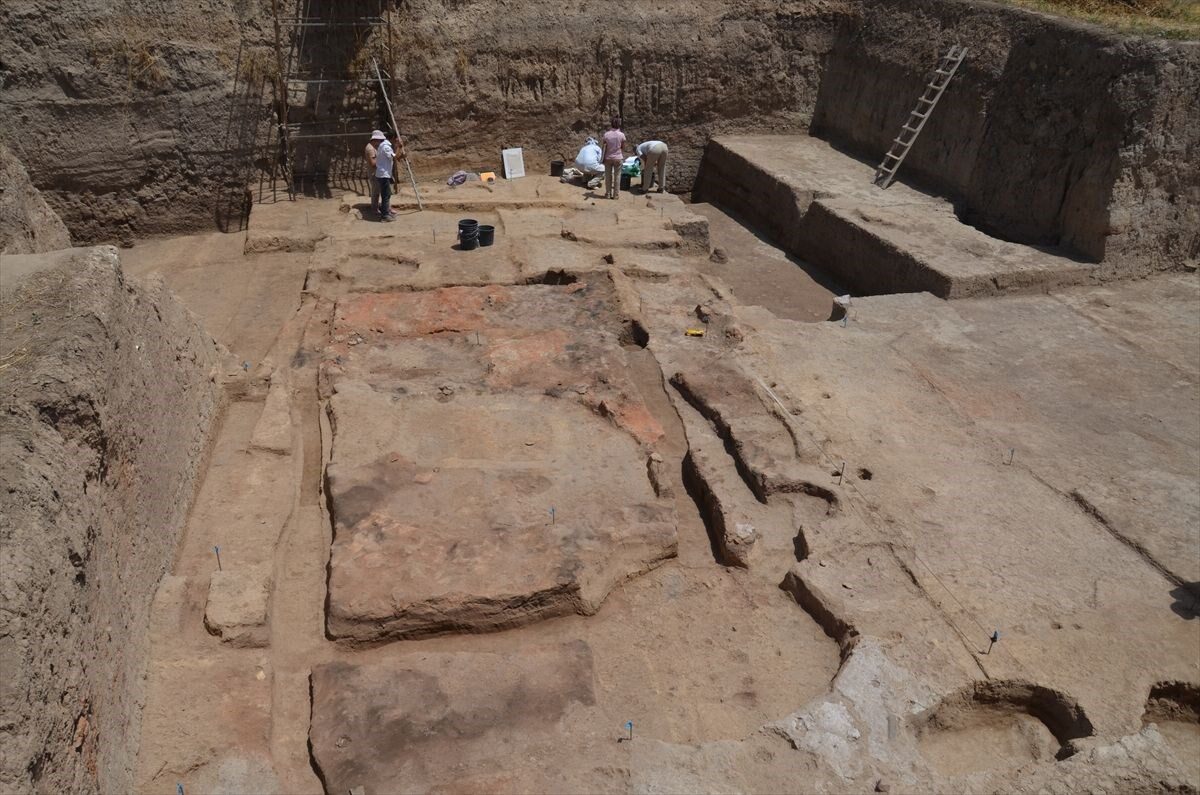
© University of Liverpool
Genomes from University of Liverpool excavations of burials around some of the earliest houses in history contributed to a major study by an international team of geneticists, anthropologists and archaeologists,
revealing more about the remarkable diversity of kinship types in ancient human societies.The first villagers in history were Middle Easterners who adopted a sedentary lifestyle roughly 12,000 years ago. These people not only built houses, but also buried their dead, young and old, within and around these buildings, while they continued living in them.
Although this subfloor burial tradition is well-known, the underlying social relations among these co-burials have remained a mystery. Many assumed these burials were biological family members, while others suggested that households and their burials represented more complex social groupings, organized through non-biological forms of kinship.
Senior co-author, Hacettepe University's Professor Füsun Özer, said: "Social kinship types are well-documented in many pre-industrial societies.
"What we show in this study is that both sides may have been right, at least in the case of the Neolithic Middle East".
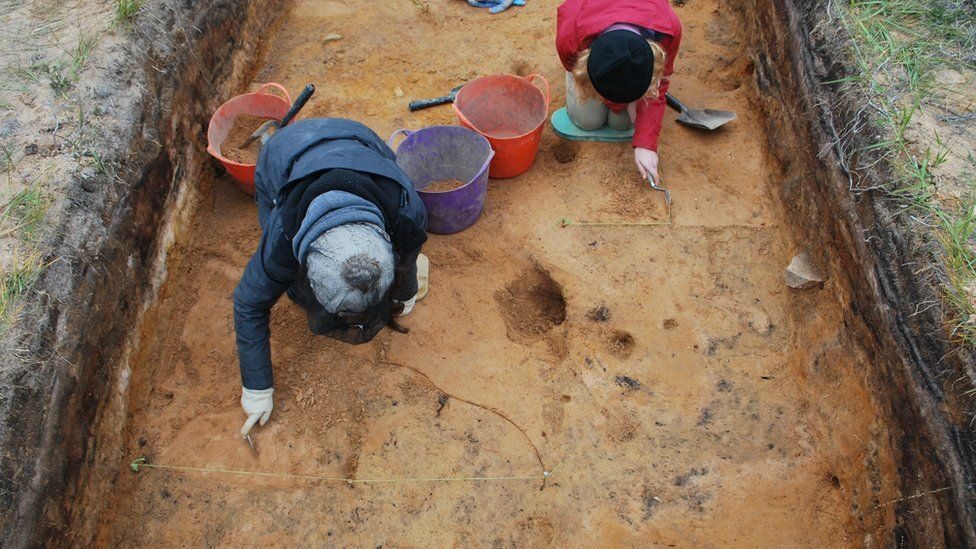
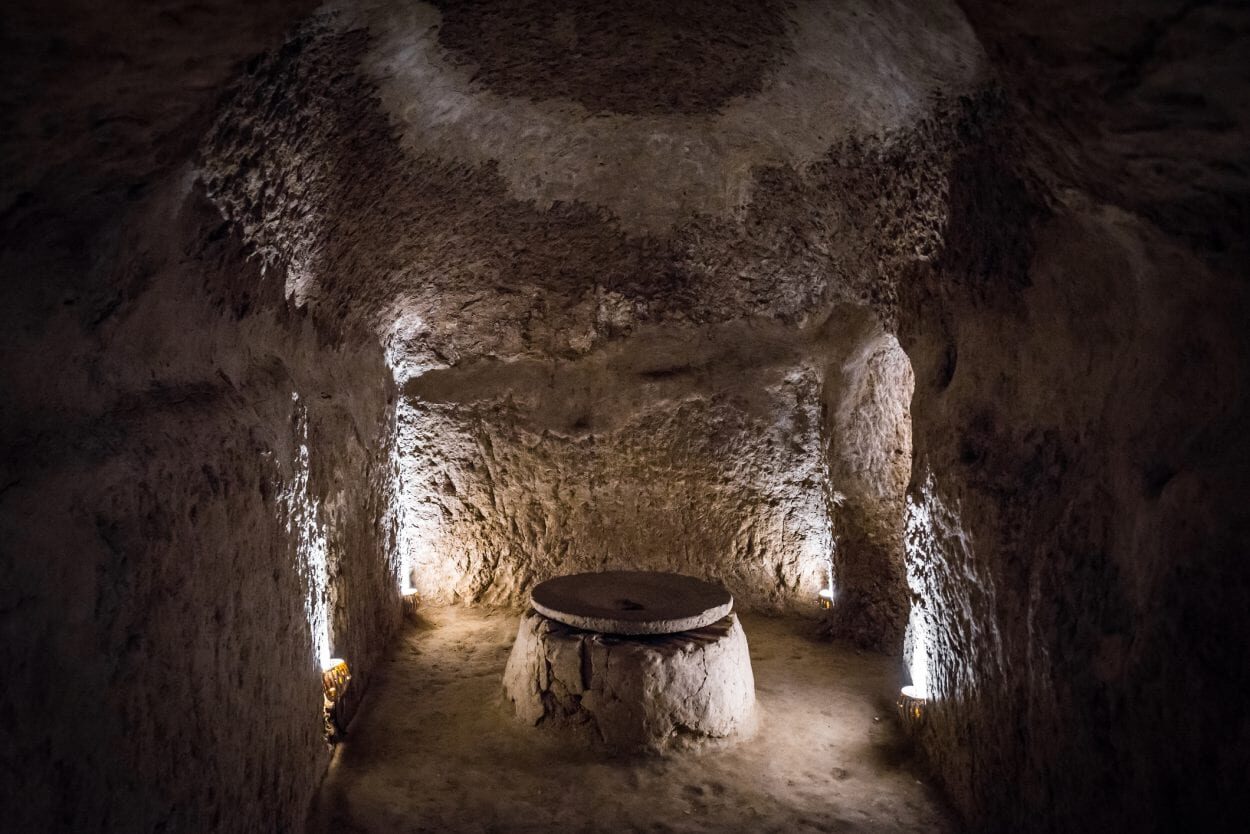
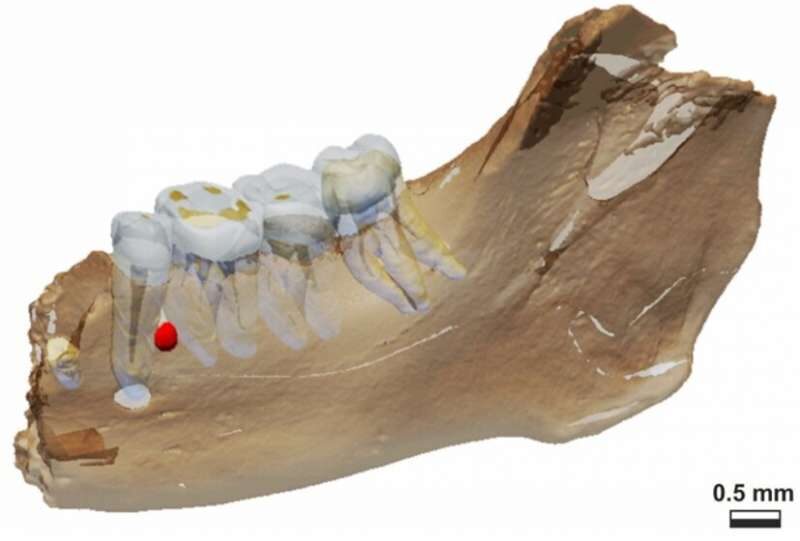
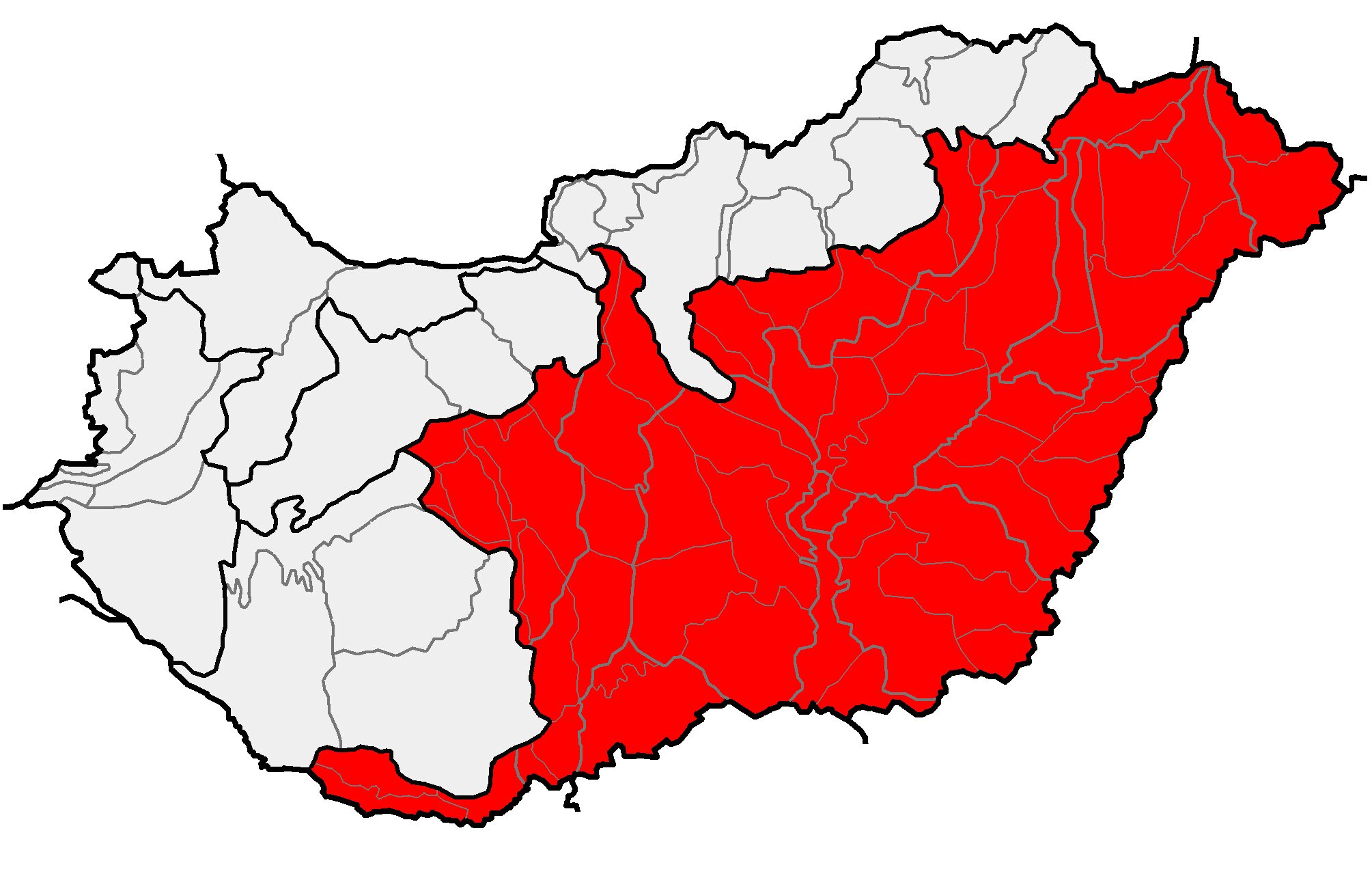


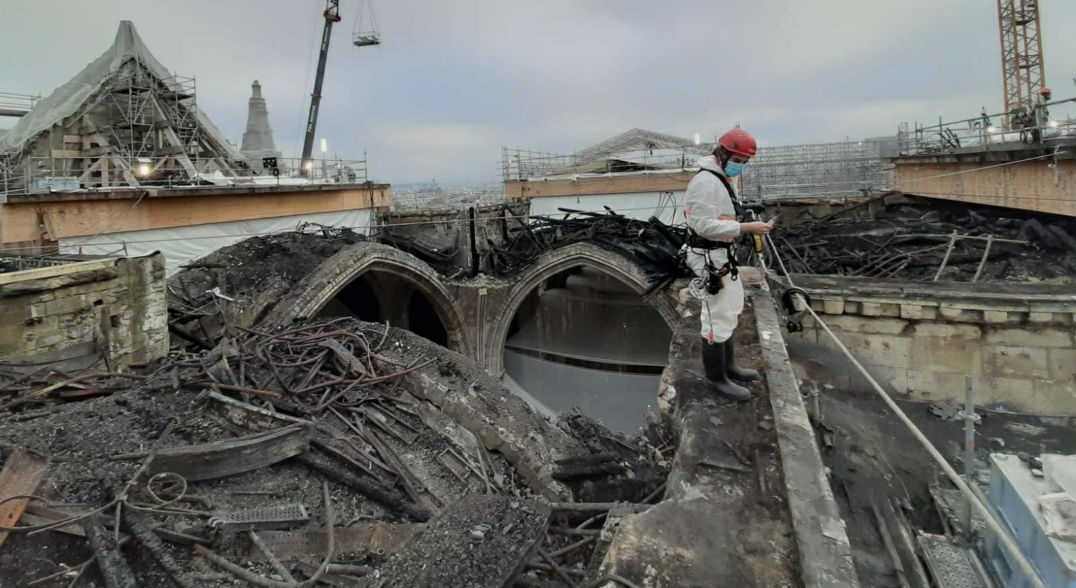

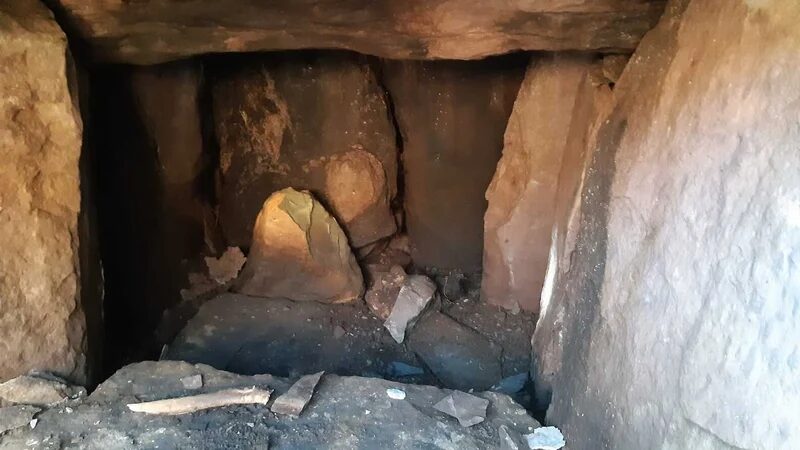
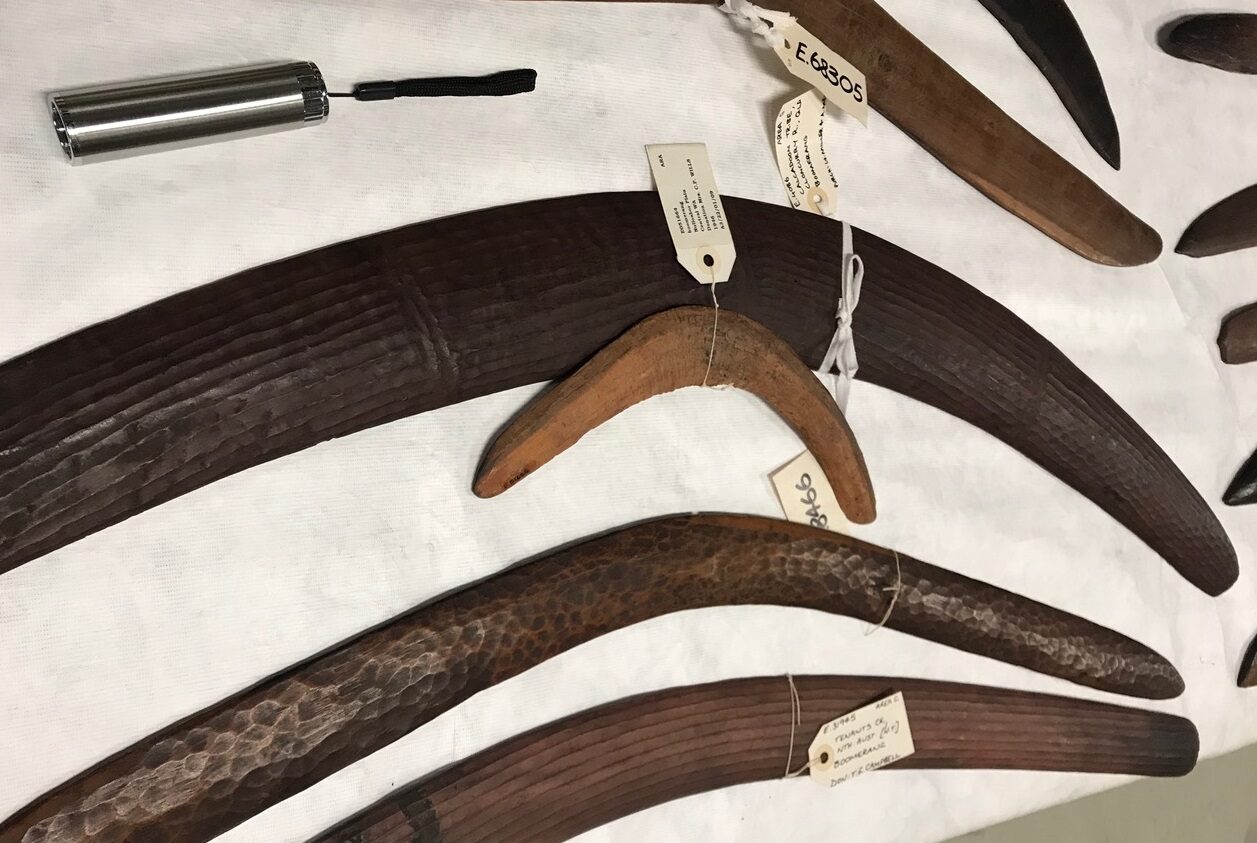



Comment: See also: